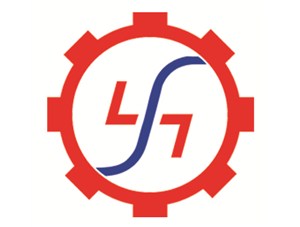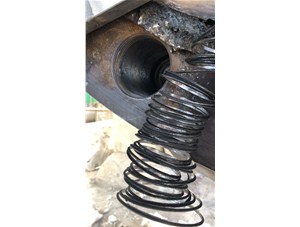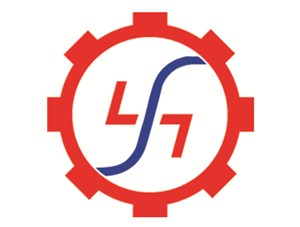产品中心
Products center
工程案例/ 为您提供优质的机械设备 more+
一站式解决方案
One-stop solution公司风采
Company Style鑫屹(广东)工业服务四大优势
Xinyi (Guangdong) industrial services four advantages
专业机械设备生产厂家
- 广泛应用于海底、发电厂、炼油厂、化工厂,重型工程建设
- 为客户解决泄露问题,实现机器的正常使用
科技化的设计理念
- 丰富的相关行业经验,严格执行相关的质量审核标准
- 专注于法兰面维修机、管道切割机和液压螺栓紧固设备
提供更合适的解决方案
- 经验丰富的技术团队提供专业化的解决方案
- 为您提供质量更加可靠的产品及技术支持
专业完善的售后团队
- 完善的服务对您的售后需求做出快速的反应,解决您的后顾之忧
- 售后问题半小时内回应,24小时提供解决方案
关于我们
about us鑫屹(广东)工业服务有限公司
鑫屹(广东)工业服务有限公司自成立以来一直致力于为能源行业提供先进的产品和维修服务支持。我们专注于便携设备法兰端面维修机、管道切割机、液压扭矩扳手、手摇法兰维修机、液压螺栓拉伸器和便携式三轴数控CNC、便携式铣床、便携式镗孔机等先进设备的在线维修服务、设备研发销售和设备租赁服务。本公司主营石油化工、海洋船舶等相关行业维修的便携式加工设备,相当于把工厂里的机床搬到安装、检修工作现场,实现在线加工,其最大程度减少了停车时间和避免了拆卸、运输和重新组装设备的成本,为从事最艰苦作业的人们,改善了工作环境,实现了最佳安全性和提高了工作效率。目前,鑫屹能够提供的便携设备已达十余种系列产品,加工范围涵盖钻削、车削、铣削和镗削,可以现场便捷地解决所有管道泄漏问题,在行业内享有极高的声誉。
新闻中心
news center-
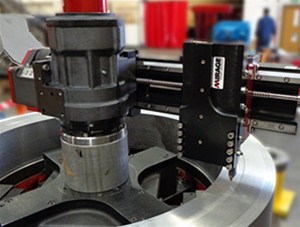
-
中国石化取代巴斯夫 首次荣登世界化工榜第一
美国《化学周刊》上周末公布了2015年度世界化工10亿美元俱乐部的最新排名,以入围企业2014年化工业务销售收...
-

-
螺栓紧固的管理
螺栓紧固作为重要的机械连接方法之一,在发动机组装领域被广泛采用,几乎所有配合件的组装都运用到螺栓紧固...
-

-
螺栓紧固方法有哪些
螺栓紧固方法 ● 无力矩梅花扳手或捶击扳手:适用于一般设备及管道法兰紧固,依据螺栓尺寸和法兰压力等级...
-

-
法兰维修机运行中需要注意什么?
法兰维修机运行中注意: 1、法兰维修机开机时应遵循先回零(有特殊要求除外)、手动、点动、自动的原则。...
-

-
法兰修理机运行时需要做些什么呢
法兰修理机开机前的准备作业: 1、进入作业区域必须穿戴好规则的防护用品,机加工时不准戴手套,女生必...
Copyright © 2018 鑫屹(广东)工业服务有限公司 版权所有 All Rights Reserved 网站地图
- 网站备案号:粤ICP备2023066271号
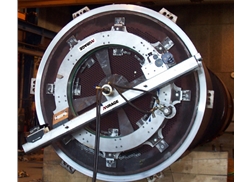
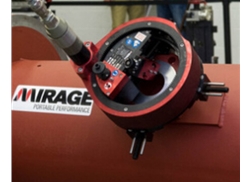
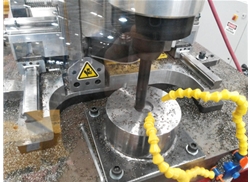
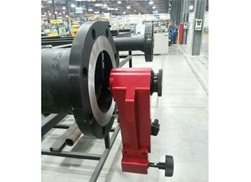
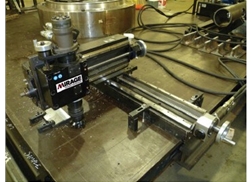



 办公环境
办公环境
 办公环境
办公环境
 办公环境
办公环境
